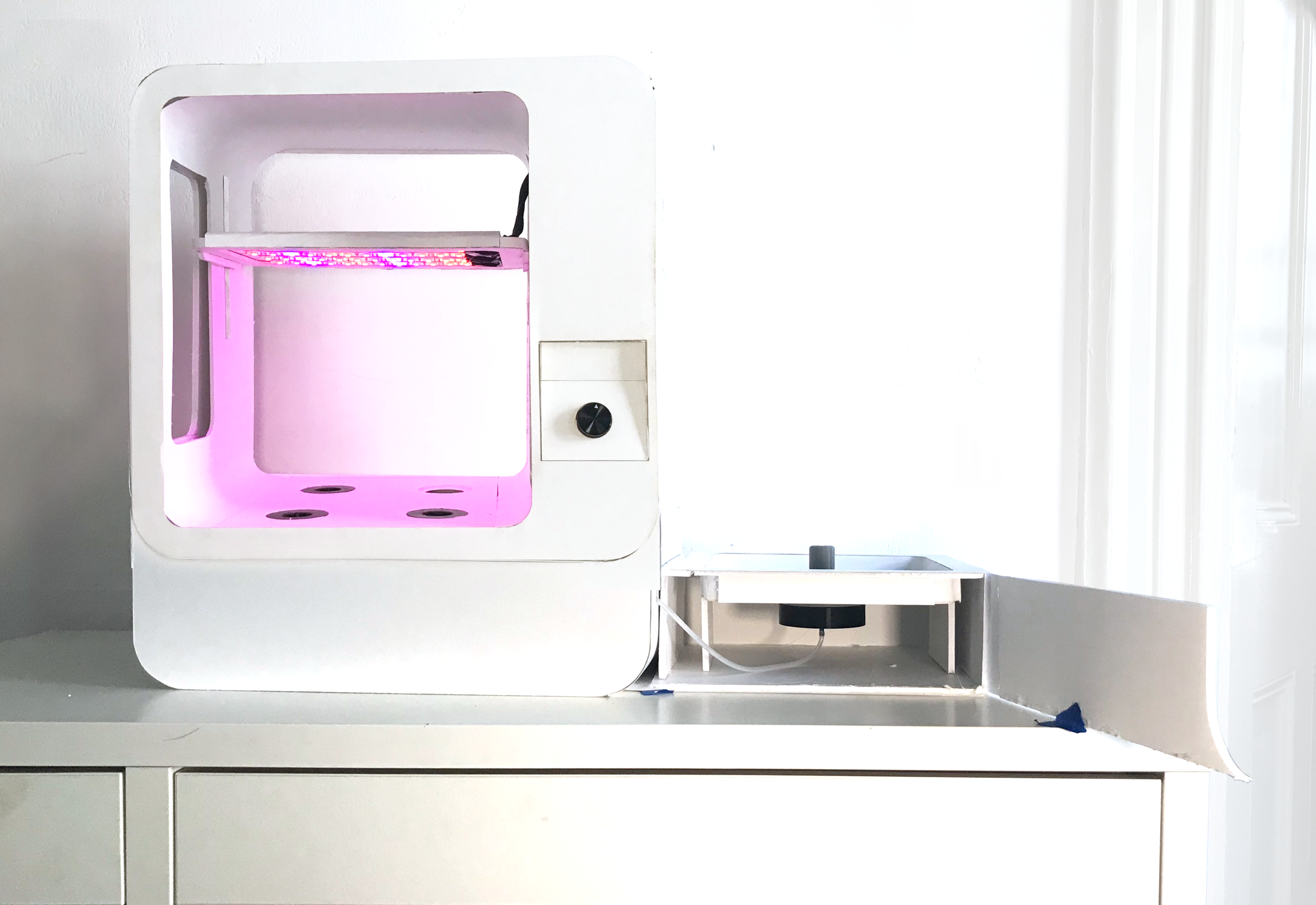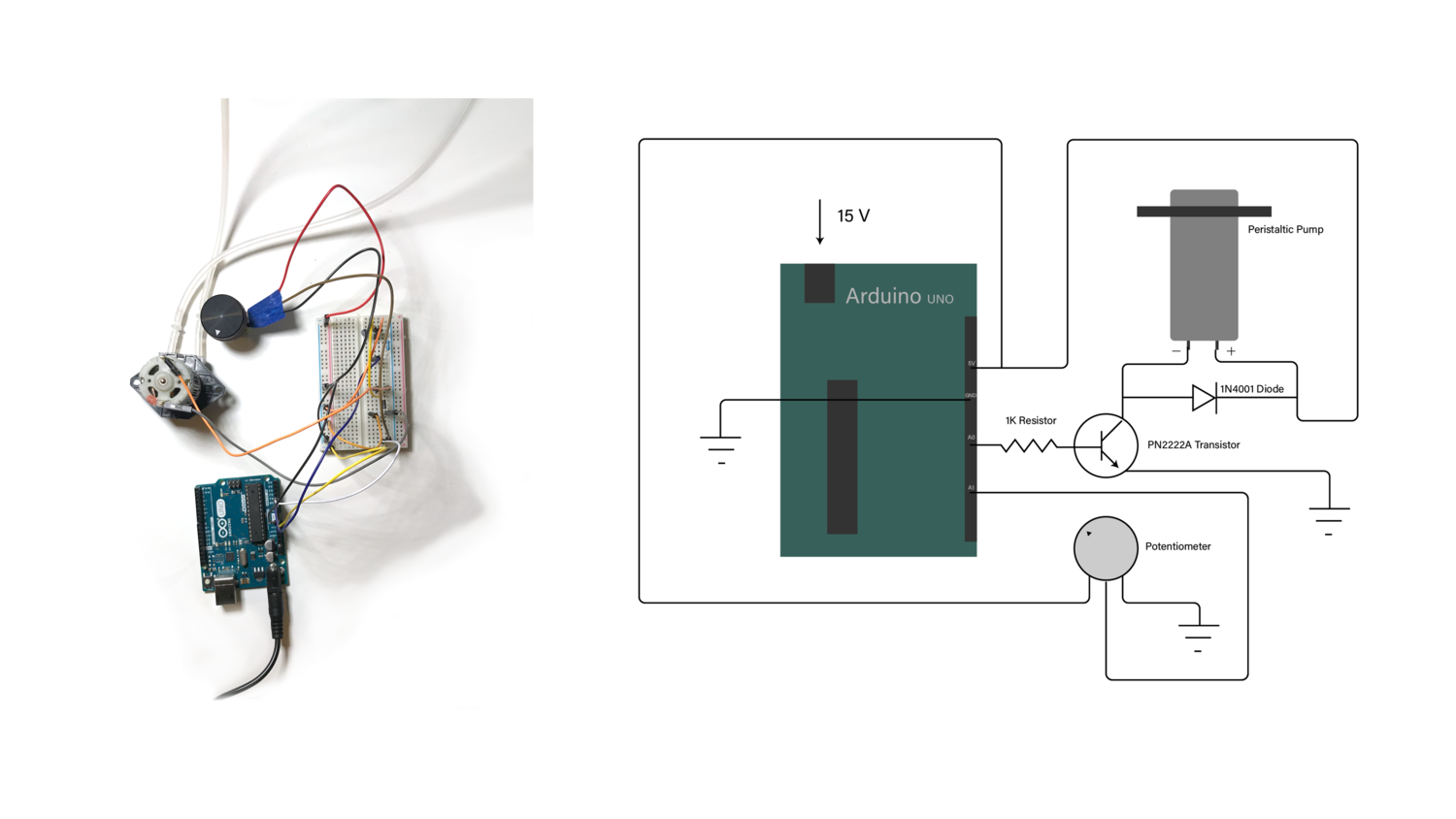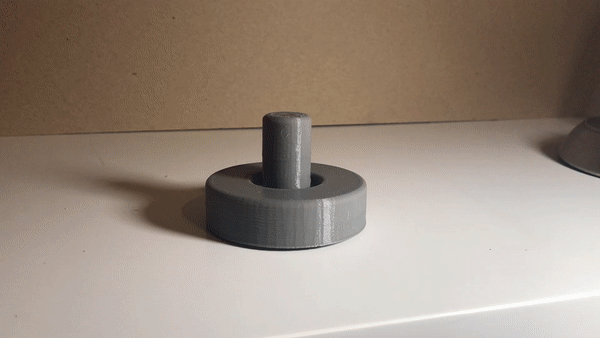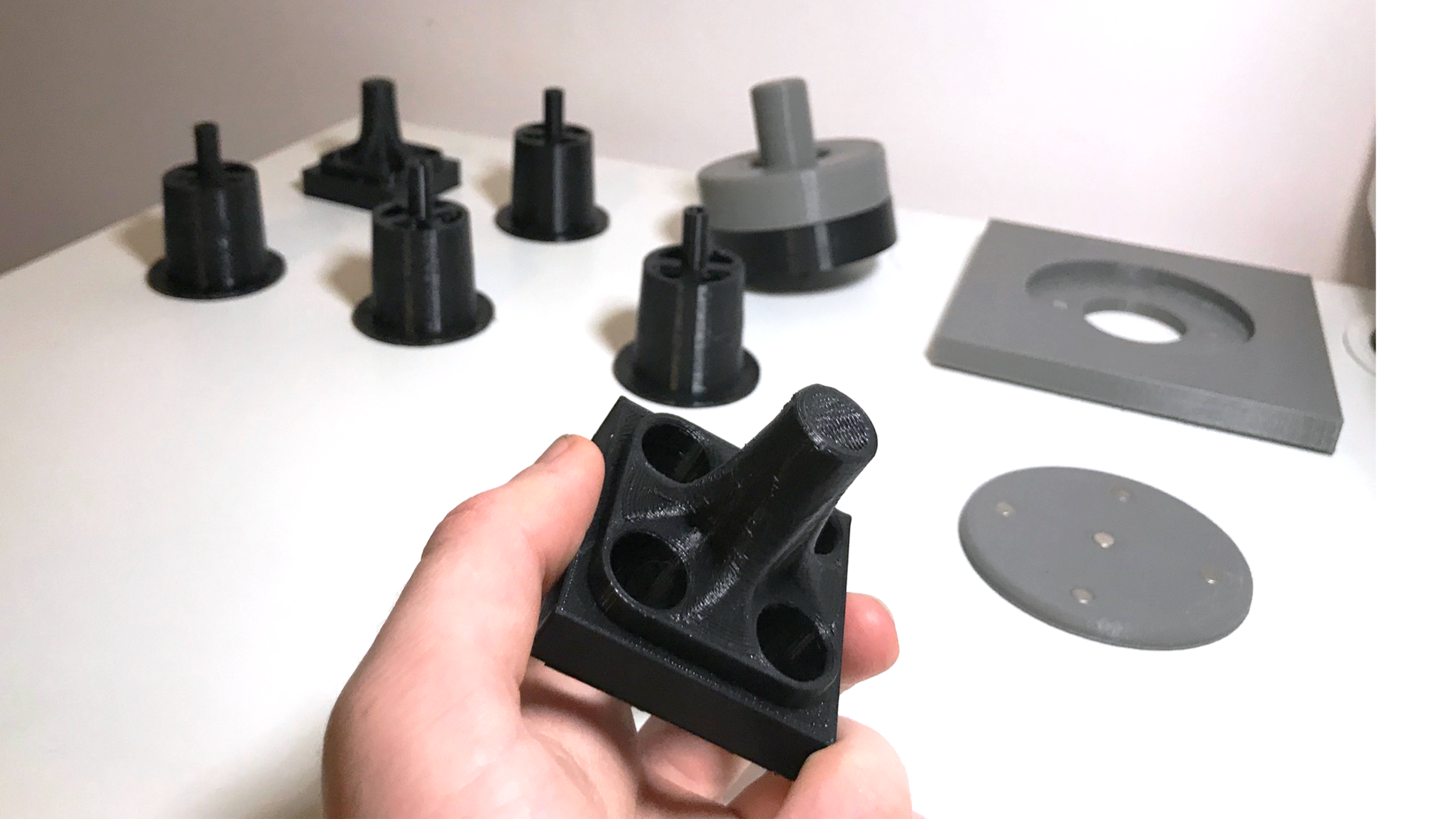Apartment Composting System
Project Areas: Market Research, Prototyping, System Design
Project Length: January - December 2020
Participants: Matthew Derry, Graham Keeley (all graphics/ images shown are my work)
The Problem SPACE
Food waste has become a massive problem in the United States. Even as composting infrastructure begins to grow, only a tiny fraction of people have the ability to compost in their homes. Research studies conducted by the National Waste & Recycling Association have shown that there is a desire to compost if it was made convenient and could be done in an odor-free and sanitary fashion. This project focuses on this disconnect, designing a solution for those who don’t have large backyards or outdoor areas in a simple, elegant, and affordable package to reduce methane production and help the planet.
THE BOKASHI COMPOSTING / FERMENTATION PROCESS
Instead of the traditional composting method, the Foodlooper runs off the Bokashi method, why is that?
It limits odor, shortens fermentation, and gives off additional “liquid compost”.
This makes it easier to have an odor-free composting solution. With an additive mix, the food waste ferments before fully breaking down, neutralizing the mix before it is distributed to a full scale composting plant. The liquid run off is normally considered a negative and a reason against Bokashi composting. However, in our system we aim to integrate the fertilizing runoff with an hydroponic garden.
THE MARKET COMPETITION
There are numerous composting bins & systems that are available today however, none truly address the needs of people living in apartments. Without an effective method to limit odor spread, keeping the bins inside for a longer length of time would be unsustainable.
DESIGN IDEATION
The design integrates the simple composting bin with the hydroponic growing system. The “liquid compost” is able to run through a valve and into the main water reservoir, providing additional nutrients to the plants.
INITIAL DIRECTION
Planting system and composting bucket within the same unit (physically and aesthetically). This limited the area of planting space and made the two components mandatory (you could not just purchase the composting bucket).
REFINED DIRECTION
Having some separation between the planting area and the bucket could achieve a more modular or expandable system. Investigation into turning and agitating the compost was eventually avoided due to the additional energy and cost required and the minimal benefit (as the compost is gotten rid off before it completely matures).
FINAL DIRECTION
The iterative sketches and prototypes led to the integration of a stand-alone composting bin with the planted system. This would allow a consumer to purchase either the entire ecosystem or just the bin itself. Our ideas progressed through cardboard prototypes of designs for both the hydroponic growing area and the compost bin itself. Initial designs had much smaller growing areas or lacked the ability to include grow lights which would be vital for year-round growth
MECHANISM PROTOTYPING
The final design integrates the pumping system to move the liquid from the composting bin to the plants. The lights move vertically along a magnetic track so they can always be at the ideal height for the size of the plants which are growing. The dial on the front of the planter has five modes, allowing the user to change how often the pump comes on or turn it off completely.
With a general design of a composting bin nesting on the side of the aeroponic system we looked at how the mechanisms, pumps and lighting array would fit into the design. This led to increasing the wall thickness on one side of the planter so a circuit board, peristaltic pump, and potentiometer could be integrated into the design. The liquid produced in the composting process would be slowly pumped into the water reservoir. A dial on the front of the unit would allow for modulation of the speed of the pumping.
FINAL DESIGN
From the prototyping of overall form and specific components we finalized the design. Elements such as the slide-out water reservoir were integrated due to lessons learned from previous prototypes as well as user feedback.
USER JOURNEY
The user journey is made as simple as possible and keeps the full composting process somewhat removed from the user.
INTEGRATION WITH EXISTING INFRASTRUCTURE
The Foodlooper system brings the ability to compost to those who would otherwise be unable. The design merges an easy to use composting bin and an application that lets the user access all of composting options in their area. This makes the composting process painless for any eco-conscious person.
With more and more young professionals living in cities and spaces without large backyards, there is a need for an odor-free, simple option for the average consumer. Even though we don’t necessarily realize it, almost all cities now have growing composting infrastructures. This includes pickup services and free drop-off areas at public areas such as Whole Foods Markets and local farmers markets. By making it easy for the user to search through these options while providing an odor-free, no maintenance composter, food waste can be diverted away from landfills and become a fertilizer for our ecosystem.
Ecosystem Integration
Even with the composting process simplified and brought to a more mainstream market, there still needs to be a way for people to determine how they get their waste from their personal Foodlooper to a commercial facility.
This is where our application comes in. It provides the customer with all composting options in their area, allows for filtering based on key criteria, and tracks the amount of compost a user produces over time. With this streamlined system, it makes it possible to successfully compost in an apartment setting.
























